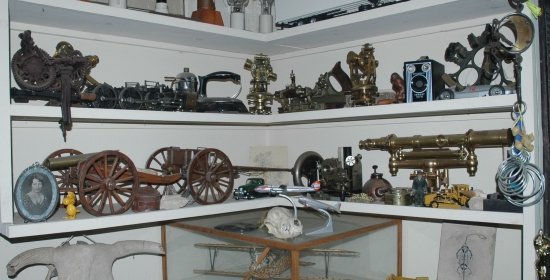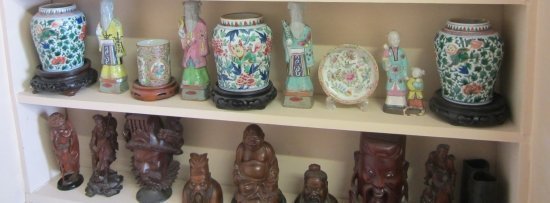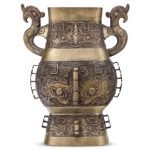At a recent auction preview, which featured several pieces of furniture identified as being from the 18th century, I stationed myself at a convenient spot to watch and listen as people examined and commented on the various articles. The auction catalog had very carefully worded descriptions of these items and called for close personal inspection.
I was amazed at the lack of knowledge. One interested buyer commented the furniture had to be that old because the nails were so rusty. Another was quite sure the pieces were authentic because they were of such a small scale and you know how small people from the 18th century were. Another declared that the hardware was original to the piece because the style was right – she never even opened a drawer! Had she done so she would have seen other holes drilled in the drawer fronts where different hardware resided at one time.
Only one or two people actually pulled drawers out of the case and turned them over for inspection, not to mention looked inside the case after the drawers were removed. Most folks just saw some handmade (apparently) dovetails and that was the extent of their examination. Not one person out of several hundred who examined the furniture either turned it upside down or asked one of the auction staff to do it for them!
The bidders either did not have the knowledge to adequately examine the pieces or felt awkward in spending so much time doing a diligent search. I believe they didn’t have the knowledge.
Lacking in-depth knowledge on a narrowly focused subject is not a fatal flaw in one’s character and a little research will open many doors. A great many resources are available at reasonable or, better yet, no cost.
These days it is fashionable to turn to the Internet to search for the answers to nearly every question, but in this case it may not be the most productive avenue of research. The key here is that 50-year-old books written about antiques are still relevant. Wallace Nutting’s books are as valid today as they were when they were written, and you won’t find their content on the Net.
The bidders either did not have the knowledge to adequately examine the pieces, or felt awkward in spending so much time doing a diligent search.
A trip to your local library is essential. Most of the good books can still be checked out for home use, only a few urban libraries have reclassified many of the best books as reference material so you can’t leave with them. It’s still worth the time to peruse them.
Another “must” is a trip to a major bookstore where you can browse the material before purchasing. A small personal library is not expensive to build, one paperback reference book at a time.
A few beginning reference books might include Fake, Fraud or Geniune?, Kaye, Little, Brown, 1987; Field Guide to American Antique Furniture, Butler, Henry Holt, 1986; The Knopf Collector Guides to American Antiques, Kethum and Schwartz, Alfred A. Knopf, 1982; and Colonial Revival Furniture, Lindquist and Warren, Wallace-Homestead, 1993. There are many more.
There are also some videos worth looking at which may be available for check out in your library. The major work on the subject is Authenticating Antique Furniture by John Bivens, Pilaster Productions, Charleston, SC. At nearly four hours and $80, this is the magnum opus of the field. My own production, Identification of Older & Antique Furniture is a more modest but concise entry based on two decades in the business.
You will need to learn all about joinery, how to tell the variations of dovetails apart – which are handmade, which are machine made, and which century they belong to.
You will need to learn the differences in various periods’ nails and screws because fasteners have their own history.
You need to know the evolution of the saw from the pit saw to the mill saw to the reciprocating saw to the circular saw to the laser saw to the…
You need to know what types of secondary woods were used in what regions at what periods and which underlayment was used under which veneer based on what type of saw was used to cut the veneer.
You need to be able to tell the elements of the original style from the revival of the style because it may mean a hundred years more or less in the age of the piece.
You need to be able to tell a Newport foot from a Philadelphia ball and claw.
But, most of us do not have the time to become masters of antique furniture. So what do you do?
Find a person whom you trust, who has devoted the better part of his or her adult life to this field, and learn from them and follow their advice. The best way to purchase an 18th-century treasure is to buy it from one you trust to know it is the real thing, who will stand behind their opinion, and guarantee their product. Cultivate a relationship with a reputable dealer.






